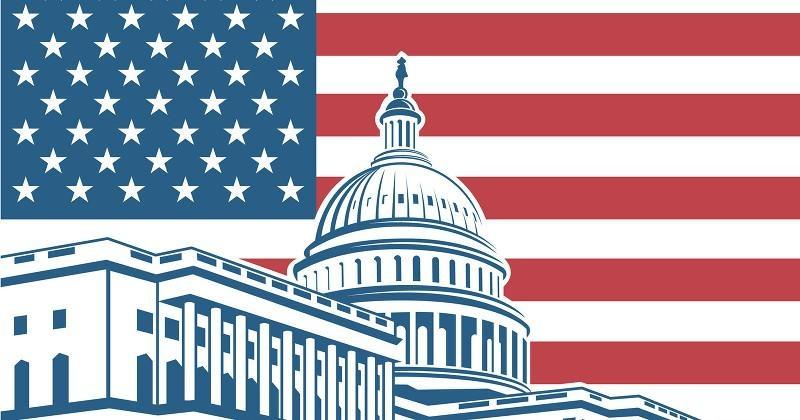
Midterm elections and presidential cycles have such different dynamics that the two should almost never be discussed together. That will not prevent people from doing so, but they should resist the temptation.
Midterms tend to be referendums on the incumbent president, while each presidential election is a choice between nominees.
Of course, a presidential re-election contest is something of a referendum on the incumbent, since sitting officeholders seeking another term will be evaluated on the basis of their performance in addition to what they promise for the future.
But the existence of an alternative on the ballot makes a presidential year very different from a midterm year.
That’s why connecting the dots from the last midterm election to the next presidential contest is so unwise.
Initially, Democrat Michael Dukakis looked like the clear favorite in 1988 as the candidate of change after eight years of Ronald Reagan. But Vice President George H.W. Bush redefined the technocratic Massachusetts governor as weak on crime, too liberal and personally weak (whether riding in a tank or responding to a hypothetical debate question about his wife).
Bush won by transforming the 1988 election from a referendum on the previous eight years to a choice between the two nominees and parties.
Twenty years later, again without an incumbent on the ballot, Democrat Barack Obama offered his vision for the future but also successfully portrayed Republican John McCain as offering a third term of George W. Bush — an option that most Americans found unappealing.
And of course, in the most recent presidential contest, the politically inexperienced Donald Trump won by driving up former Secretary of State and Sen. Hillary Clinton’s negatives and making her unacceptable to an important part of the electorate.
In presidential years, voters cast separate ballots for president and for Congress. During midterms, those same voters don’t have a presidential ballot, so they don’t have a direct way to express their dissatisfaction with the person in the Oval Office apart from voting against the nominees of the president’s party.
How does all this relate to 2018 and 2020? Last week’s midterm election was primarily about Trump.
Red state voters, enthusiastic about the president’s performance and wanting to elect a more “Trumpy” Congress, supported Republican nominees.
Those voters were making a partisan and ideological statement.
Blue state voters also wanted to make a statement about the Trump/Republican agenda and about the president’s character and behavior.
With Trump not on the ballot — but traveling around the country saying that he was in fact on the ballot — the only way to send a signal of dissatisfaction to the White House and to make a statement about changing the direction of the country was to vote against Republicans for federal office. That is exactly what swing voters (including independents and college-educated whites) and core Democratic demographic groups did.
Democrats of various stripes had...

